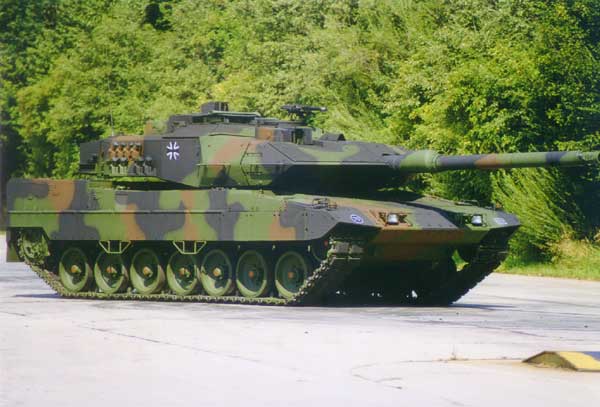Welfare system faces radical reform
London Evening Standard, Thu.,27.05.10

Work and Pensions Secretary Iain Duncan Smithto is to address the welfare system
The coalition Government will call for an end to a culture of welfare dependency under plans for a "radical reform" of the system.
Work and Pensions Secretary Iain Duncan Smith will stress the importance of tackling the root cause of poverty and of making work pay as he outlines his vision of bringing the welfare system into the 21st century.
He will argue that endemic poverty and intergenerational worklessness can only be tackled by a root and branch reform which ends the "absurd situation" where some of the poorest faced huge penalties for trying to get off benefits and into work.
The Government will today publish a new report showing that 1.4 million people in the UK have been on an out-of-work benefit for nine or more of the last 10 years and revealing that income inequality in the UK is now at its highest level since comparable statistics began in 1961.
Research will also show that social mobility in Britain is worse than in the USA, France, Germany, Spain, Sweden, Canada, Finland and Denmark, and a higher proportion of children grow up in workless households in the UK than in any other EU country.
A new Cabinet Committee is being set up, chaired by Mr Duncan Smith with cabinet colleagues from across Government, including the Treasury, Home Office, Health and Communities and Local Government, to tackle the underlying causes of poverty in Britain.
Mr Duncan Smith will say in a speech in London: "A system that was originally designed to help support the poorest in society is now trapping them in the very condition it was supposed to alleviate. Instead of helping, a deeply unfair benefits system too often writes people off.
"The proportion of people parked on inactive benefits has almost tripled in the past 30 years to 41% of the inactive working age population. That is a tragedy. We must be here to help people improve their lives - not just park them on long-term benefits.
"We must not underestimate the challenge ahead. One of the biggest problems is that for too many people work simply does not pay.
"For many people, the move from welfare into work means they face losing more than 95 pence for every additional £1 they earn. As a result, the poor are being taxed at an effective tax rate that far exceeds the wealthy. We have in effect taken away the reward and left people with the risk. That must and will change."














